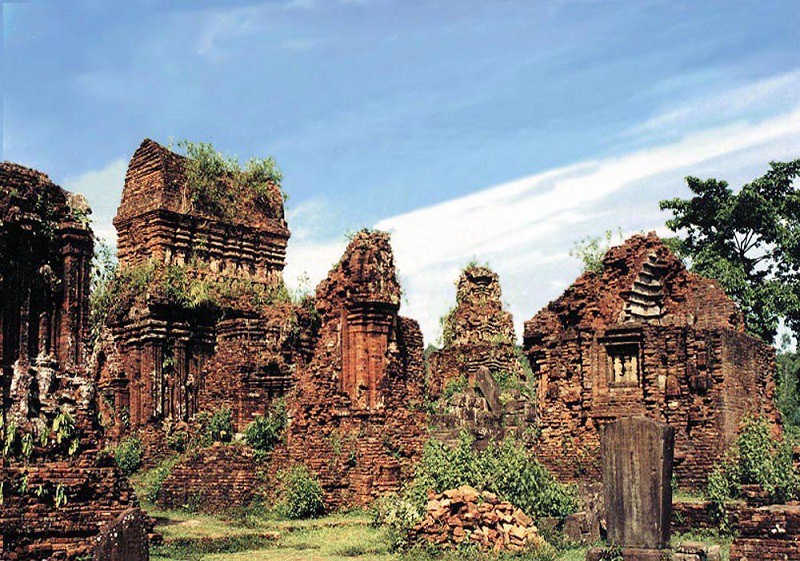
20 years ago, My Son Temple Complex, Quang Nam province was recognized by UNESCO as a World Cultural Heritage.
This relic complex has also received support from international organizations, hundreds of domestic and foreign experts came to research and support restoration... Many groups of towers from the ruins have been restored almost intact.
The My Son Temple Complex, Duy Xuyen District, Quang Nam Province began to be restored in the early 80s of the last century. The Vietnam-Poland cooperation program on restoration, with the participation of the Central Center for Monument Preservation and Restoration (now the Institute for Monument Conservation), has made important contributions to the preservation of Cham architectural heritage. Many temples in My Son have been restored and saved by repositioning and reinforcing the ruined components. These original principles and technical solutions have made important contributions to the preservation of Cham architectural heritage, contributing to the Cham temples in My Son becoming a World Cultural Heritage.
During the period from 1997 to 2000, Italian experts surveyed and evaluated the geophysical, geological, hydrological conditions, and conservation status of the relic site, especially the research on bricks, adhesives, and original construction techniques. Based on these research results, the Italian Government funded, with the auspices of UNESCO, the project “Protecting the World Heritage of My Son – Presentation and Training on the Application of International Standards in Restoration at Tower Group G – My Son Relic Site”. Along with the archaeological research and discovery on an area of over 1,800m2, more than 3,000 archaeological artifacts and architectural fragments have been catalogued and classified, and the architectural ruins in Tower Group G have been restored and reinforced.
From 2011 to 2015, the Institute for Monuments Conservation implemented the project to restore and preserve the E7 tower, one of the Kosagrha structures with the most intact boat-shaped curved roof in terms of architectural form. This project is a practical step, applying the results of research on construction materials and adhesives. Mr. Le Van Minh, an archaeologist, said: "The biggest achievement in the past 40 years in My Son must be said to be the first 10 consecutive years from 1980 to 1990, this was the period when a lot of relics were saved. The remaining time after that, the financial resources were better, so the restoration work on My Son was more systematic and solid."
The technical process and intervention solutions for My Son relics have been tested through actual restoration, using the archaeological restoration method combined with repositioning and reinforcement, which have been carried out systematically and scientifically, bringing high conservation efficiency. Mr. Phan Ho, Director of the My Son Cultural Heritage Management Board, said that basically, the viewpoints and orientations for conservation and restoration of relics in My Son that were applied from the previous period are still unified and continued.
Although there are differences in the use of restoration materials, the basic restoration solutions applied are still reinforcement, relocation, preservation, minor repairs and moderate restoration. “After being recognized as a World Cultural Heritage, My Son has changed a lot. First of all, it is protected and preserved in the spirit of the International Convention and the Law on Vietnamese Heritage. Second, it attracts the attention of researchers, scientists, international and domestic organizations in researching, preserving, restoring and rehabilitating the relic; Attracting the attention of tourists”, said Mr. Phan Ho.
Looking back at the nearly 40-year process of researching and applying technical solutions to restore the temples and towers in My Son, archaeological experts believe that, basically, those doing the restoration work have a relatively complete grasp of the techniques and conservation status of the Cham temple and tower relics on the ground. Thanks to that, the dilapidated state of the ruins has been eliminated, the existing condition has been improved and the relics have been partially restored with appropriate technical solutions, without damaging the relics but on the contrary, promoting the value of the relics, becoming tourist attractions...
Among the projects supported by the Governments of various countries and international organizations, there are some large projects such as: Construction of the My Son Exhibition and Research Center sponsored by JICA (Japan), with a total investment of 40 billion VND; The G Tower Group Restoration Project under the Tripartite Cooperation Program invested by the Governments of Italy, UNESCO and Vietnam, with a budget of more than 27 billion VND; and the Project to preserve and embellish the world cultural heritage of My Son Relic Site supported by the Government of India, with a budget of 58 billion VND.
Mr. Nguyen Thanh Hong, Director of the Department of Culture, Sports and Tourism of Quang Nam province said: “Restoring, embellishing, and at the same time sustainably exploiting values to develop tourism, building plans to develop tourism, calling for investment. We may be aiming to call for investment from businesses, travel agencies, and private investors to cooperate to invest in sustainable tourism exploitation in buffer zones outside the heritage.
With more than 70 structures in ruins, the restoration of the relics in My Son, Quang Nam Province is just the beginning. In the future, there is still much work to be done with the World Cultural Heritage My Son, in which the restoration of the relics and archaeology is an indispensable step, parallel to the restoration of the relics in My Son.
Source: https://baothainguyen.vn/que-huong-dat-nuoc/201910/bon-thap-ky-trung-tu-di-tich-my-son-367AC29/


![[Photo] Vietnamese and Hungarian leaders attend the opening of the exhibition by photographer Bozoky Dezso](https://vphoto.vietnam.vn/thumb/1200x675/vietnam/resource/IMAGE/2025/5/28/b478be84f13042aebc74e077c4756e4b)
![[Photo] General Secretary To Lam works with the Central Policy and Strategy Committee](https://vphoto.vietnam.vn/thumb/1200x675/vietnam/resource/IMAGE/2025/5/28/7b31a656d8a148d4b7e7ca66463a6894)

![[Photo] Prime Minister Pham Minh Chinh receives a bipartisan delegation of US House of Representatives](https://vphoto.vietnam.vn/thumb/1200x675/vietnam/resource/IMAGE/2025/5/28/468e61546b664d3f98dc75f6a3c2c880)
![[Photo] 12th grade students say goodbye at the closing ceremony, preparing to embark on a new journey](https://vphoto.vietnam.vn/thumb/1200x675/vietnam/resource/IMAGE/2025/5/28/42ac3d300d214e7b8db4a03feeed3f6a)

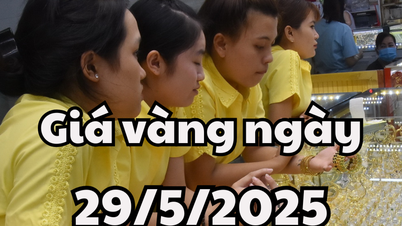

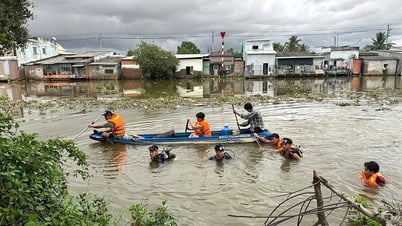
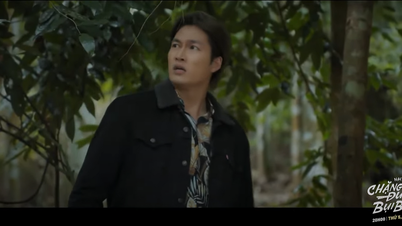
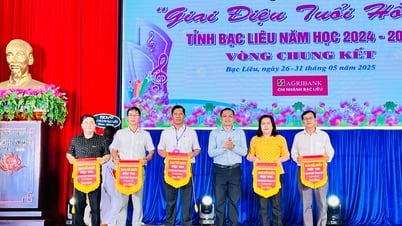
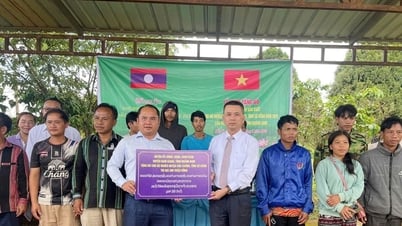




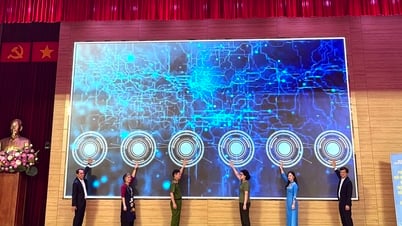

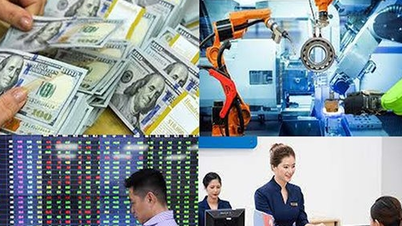
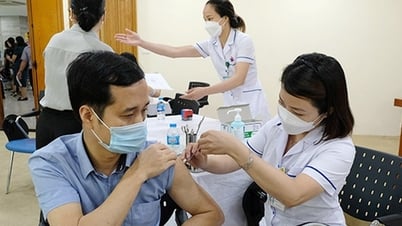
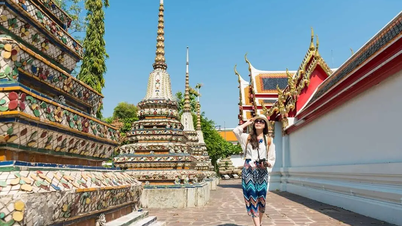
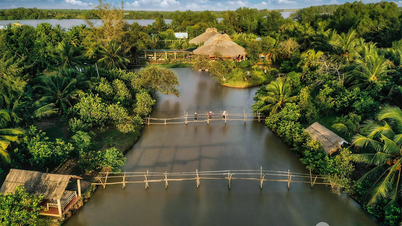

















































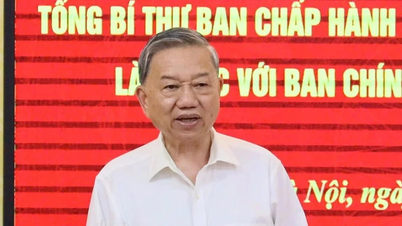

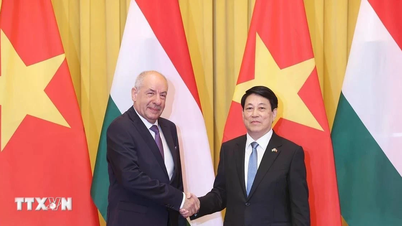
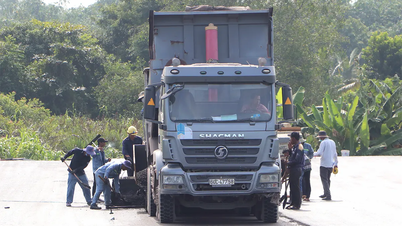

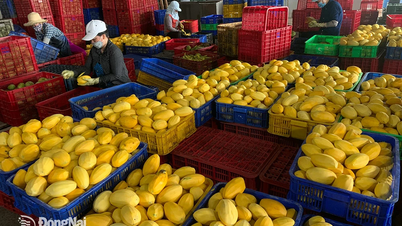
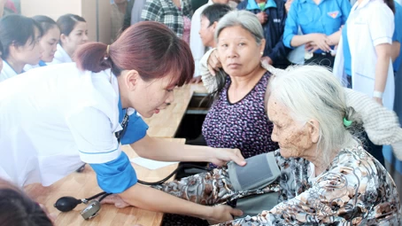
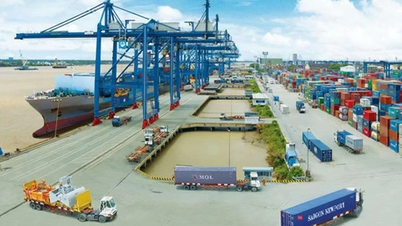








Comment (0)